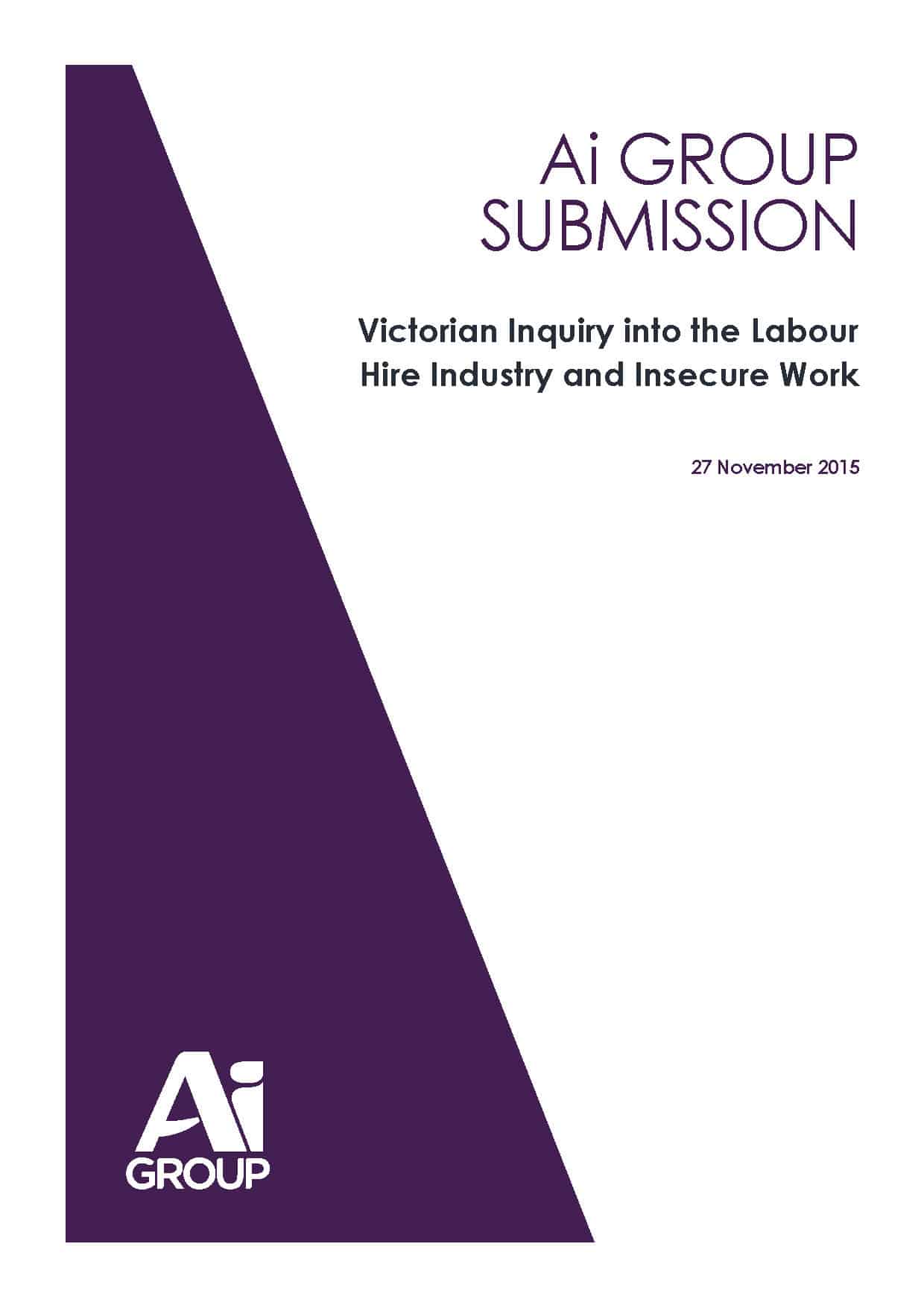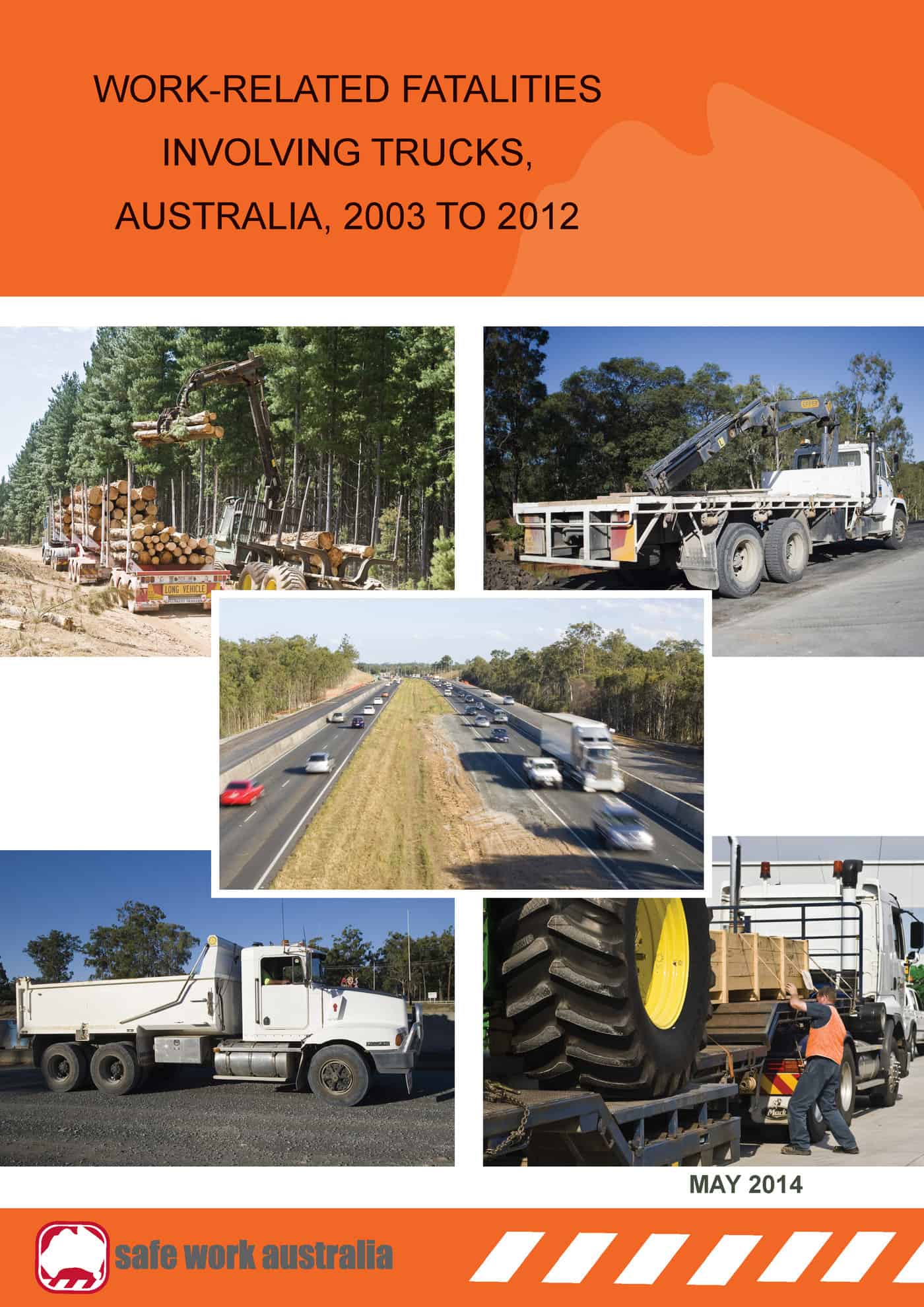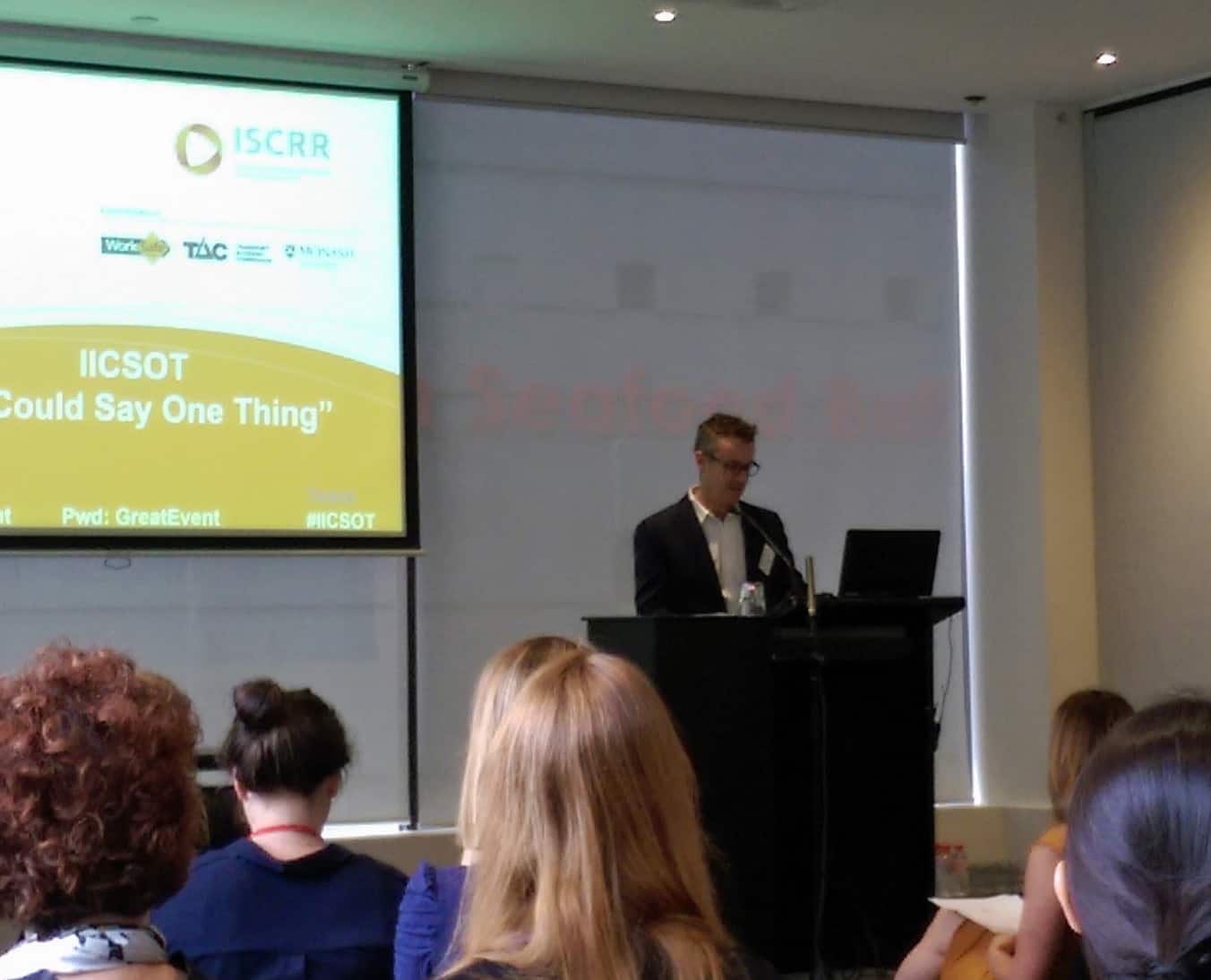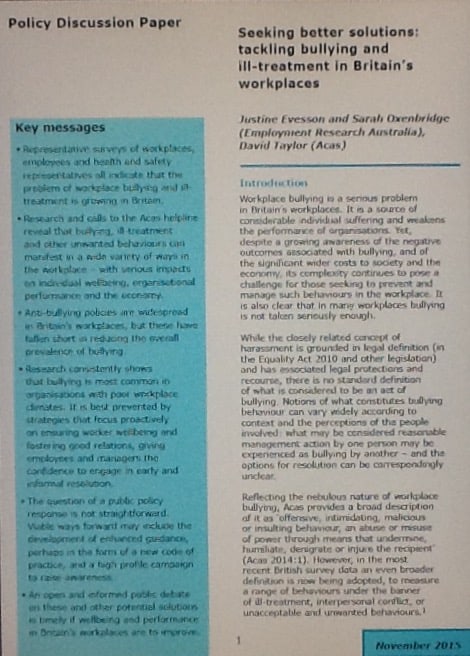 The public submission phase for the Victorian Government’s inquiry into labour hire and insecure work closed last week. Public hearings have occurred this week and will continue in February 2016. One industry association, the Australian Industry Group has released its submission. Its discussion of occupational health and safety (OHS) of labour hire workers and suppliers is very disappointing.
The public submission phase for the Victorian Government’s inquiry into labour hire and insecure work closed last week. Public hearings have occurred this week and will continue in February 2016. One industry association, the Australian Industry Group has released its submission. Its discussion of occupational health and safety (OHS) of labour hire workers and suppliers is very disappointing.
Representing Members
The AiGroup says, in its submission that
“The interests of both groups [labour hire companies and users of labour hire], as well as the interests of the broader community, are best protected by ensuring that a competitive market is maintained for the provision of labour hire services, and that impediments to competition are removed.” (page 4)
It could be argued that the competitive market has allowed unscrupulous labour hire suppliers to succeed as they have been offering the cheapest labour. These suppliers have succeeded, mostly, because there is a ready market for opportunities to maximise profit by reducing the legal rights of workers. A competitive market may help fix the problem but it is also a problem that it helped create. Continue reading “Submission on Labour Hire disappoints on OHS”


 At lunchtime today, the
At lunchtime today, the 
